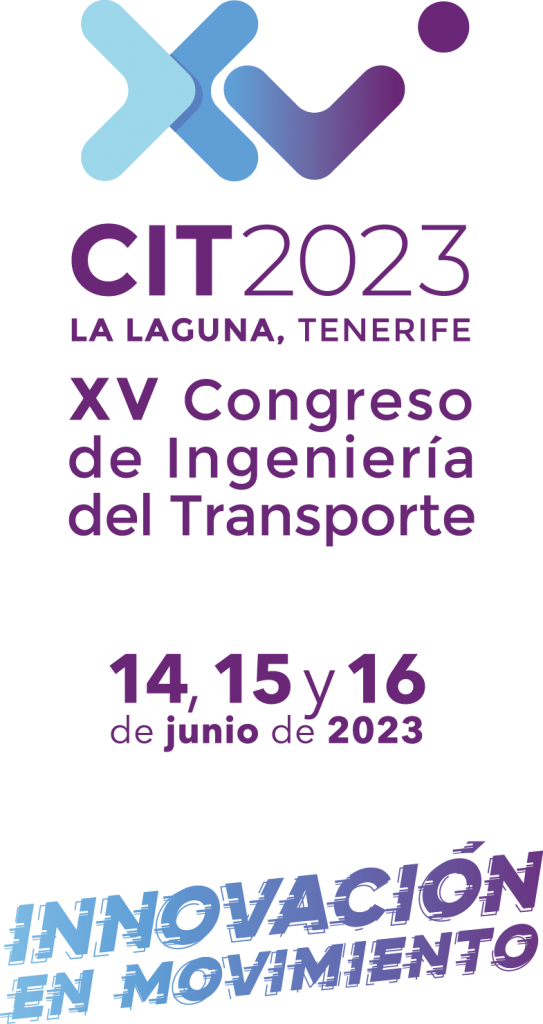This communication seeks to answer the following research question: What are the spatiotemporal thresholds at which ICT significantly increases levels of spatial accessibility? To address this, a conceptual framework based on Hägerstrand’s geography of time is presented, which integrates spatial accessibility and digital accessibility originating from ICT. This conceptual framework allows addressing the research question through two methodological phases: (i) analysis of the sensitivity of spatial accessibility with respect to spatiotemporal variables, and (ii) estimation of the spatiotemporal thresholds at which ICT would be instrumental in increasing spatial accessibility. The results indicate that engaging in teleactivities can increase individuals’ accessibility levels, especially when the distances traveled exceed 51% of the distance an individual could travel if they used all their available time solely for commuting from origin to destination. The increase in accessibility is significant when the distances to be traveled exceed 70% of this maximum distance. The main limitations of virtual accessibility are also highlighted, based on internet access and the possibility of performing activities synchronously or asynchronously.

